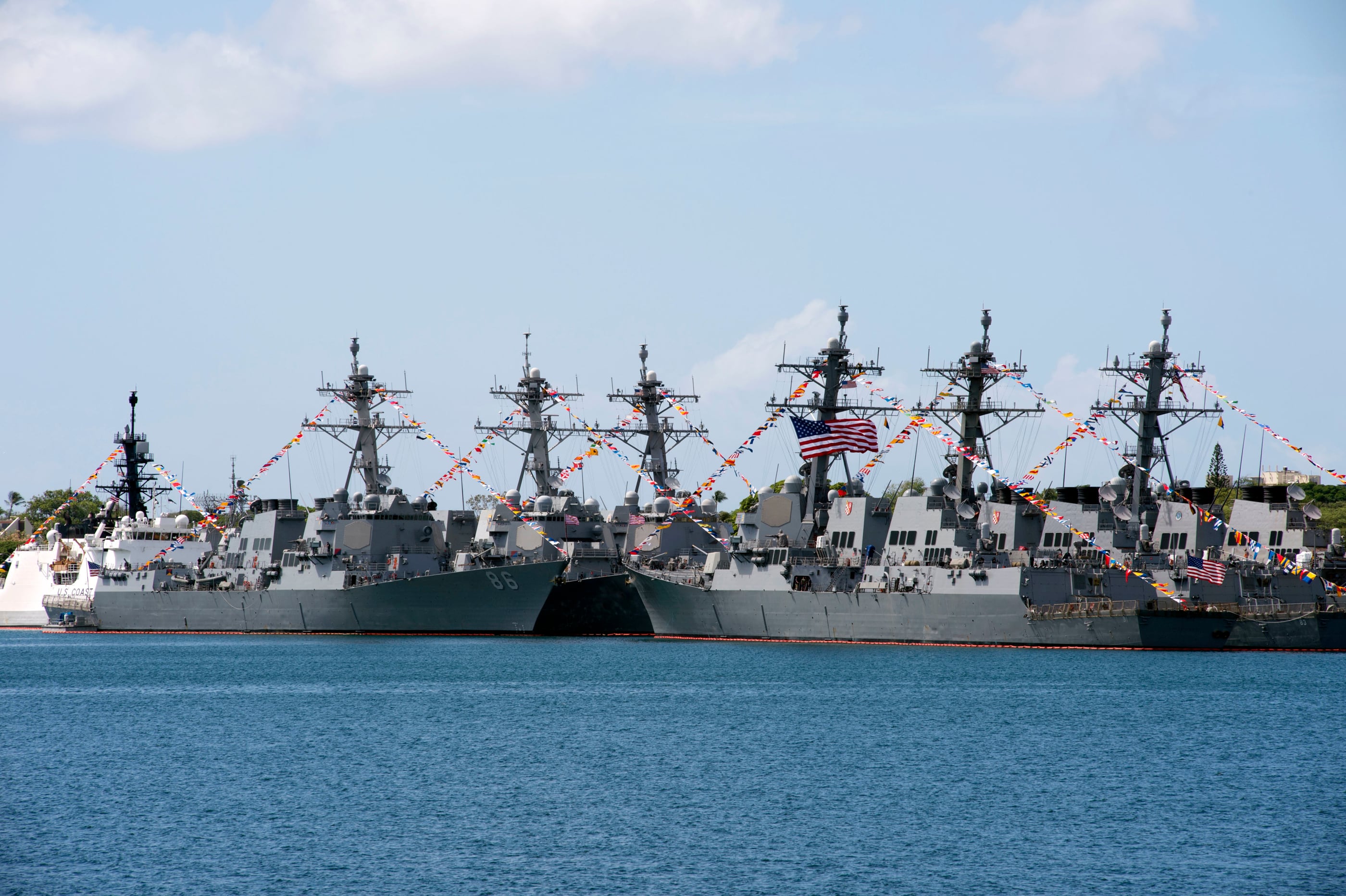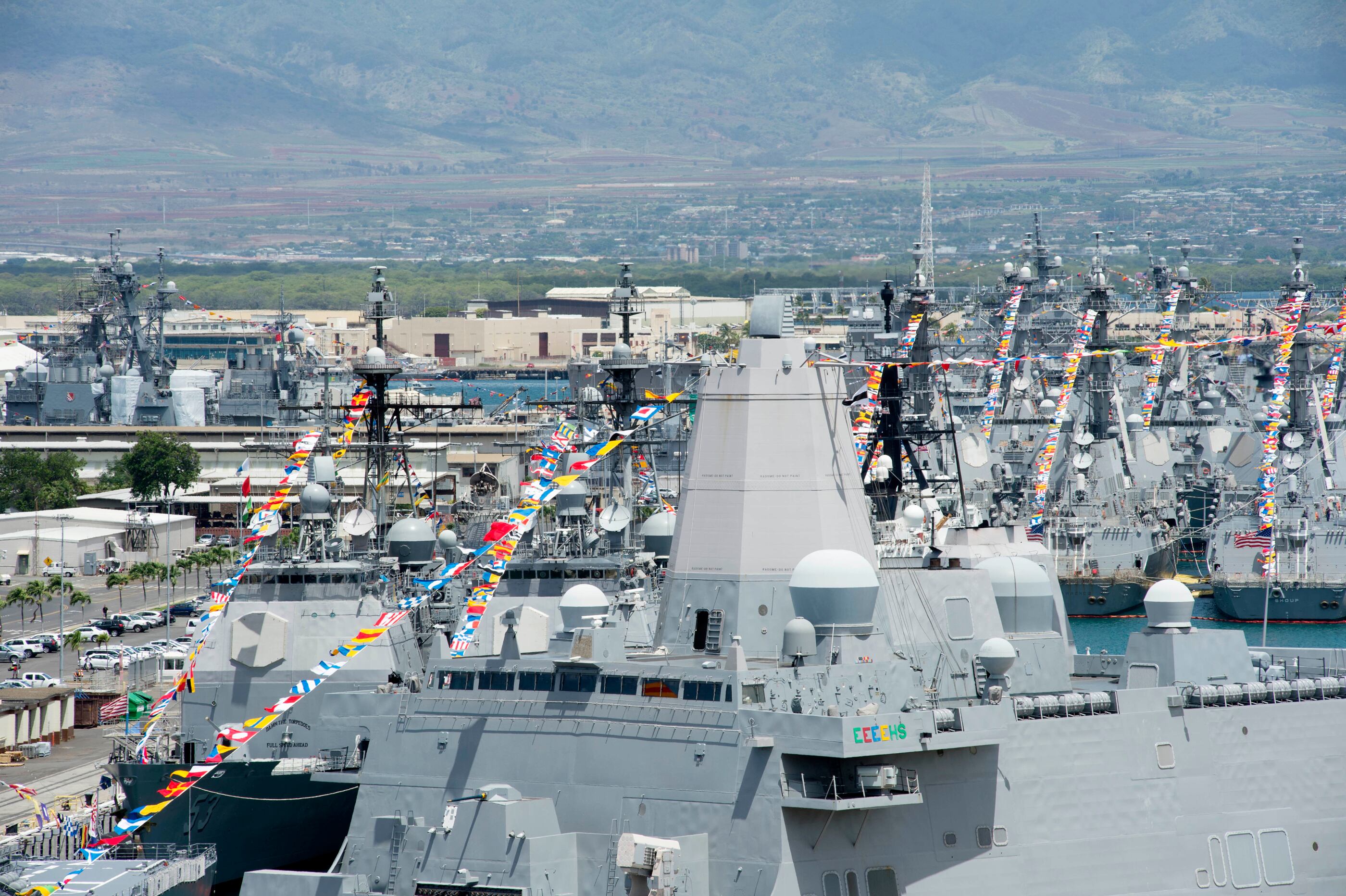PEARL HARBOR, Hawaii — U.S. Pacific Fleet commander Adm. Scott Swift said Tuesday he wants all 26 nations participating in military exercises in Hawaii to leave better prepared to respond to humanitarian crises.
Swift said he also wants participants to better understand what the best practices are for using maritime power to increase security and stability.
The admiral spoke during a news conference at the beginning of the Rim of the Pacific military drills that will last through early August. The exercises will include 45 ships, 200 aircraft and more than 25,000 people.
The exercises are the world's largest maritime drills. They date to 1971 and are held every other year. Some of this year's drills are being held in Southern California.
Troops will practice responding to disasters as well as clearing mines, hunting for submarines and delivering amphibious forces ashore.
Japan and South Korea each brought ground forces and two destroyers. Australia brought two frigates, an amphibious assault ship, multiple helicopters and ground troops.

Ships moored at Joint Base Pearl Harbor-Hickam display maritime signal pennants and flags from their masts on July 4, 2016, during Rim of the Pacific 2016.
Photo Credit: MC2 Jeff Troutman//Navy
Responding to a question about his expectations for China, Swift replied he didn't have specific expectations for China alone, and instead shared his expectations for all participants.
"These are common goals of all the countries that come to RIMPAC," he said.
China is participating for the second time. It has brought several vessels, including a hospital ship. U.S. law limits the scope of U.S. military drills with China to areas such as search and rescue and humanitarian and disaster relief.

Ships moored at Joint Base Pearl Harbor-Hickam display maritime signal pennants and flags from their masts on July 4, 2016, during Rim of the Pacific 2016.
Photo Credit: MC2 Jeff Troutman/Navy
Swift acknowledged some critics wanted the U.S. to exclude China, including U.S. Rep. Mark Takai of Hawaii. Takai in March called on the military to bar China from the exercises, citing Beijing's land reclamation projects in the South China Sea and its militarization of reefs and atolls there.
Swift said the U.S. is a democracy and enjoys a rich debate about military decisions.
The admiral said his biggest challenge now is accommodating everyone who wants to come.
"I just not sure how we can cram more ships into Pearl Harbor," he said. Some countries may have to send fewer ships in the future to allow more countries to join, he said.
He attributed the interest to the region being a major driver of the global economy





